Filter by
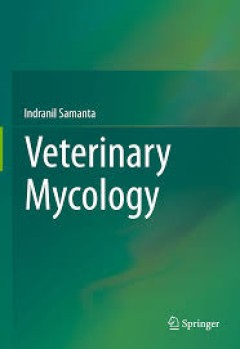
Veterinary Mycology
This book is a comprehensive overview of the fungi that are clinically relevant for animals and humans. It is divided in three major parts: the first part comprises the history of veterinary and medical mycology, general aspects of morphology, growth, nutrition, reproduction and classification of fungi. In the second part, the etiologic agents of cutaneous, subcutaneous and systemic mycoses are…
- Edition
- -
- ISBN/ISSN
- 978-81-322-2280-4
- Collation
- -
- Series Title
- -
- Call Number
- -
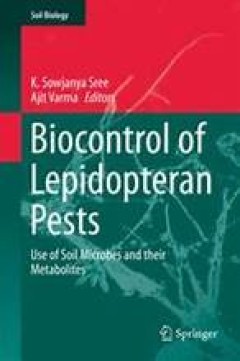
Biocontrol of Lepidopteran Pests
This volume describes the various applications of entomopathogenic soil microorganisms in the management and control of the devastating lepidopteran pest. An introduction describes the insecticidal properties of viruses, bacteria, fungi, nematodes and their metabolites, as well as their applications in the context of crop improvement. Subsequent chapters focus on topics such as insecticidal pro…
- Edition
- 1
- ISBN/ISSN
- 978-3-319-14499-3
- Collation
- Biologi
- Series Title
- Soil Biology
- Call Number
- 570
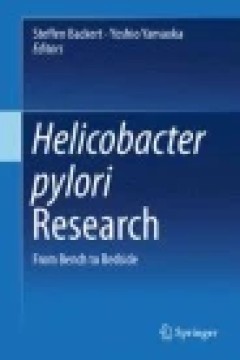
Helicobacter pylori Research: From Bench to Bedside
This book provides the current updated knowledge on all essential aspects in the rapidly evolving area of Helicobacter pylori research. H. pylori is a class I carcinogen and one of the most common infections in the world. While most people colonized by H. pylori will remain asymptomatic, up to 20 % of them may develop serious gastroduodenal disease such as peptic ulcers or gastric cancer. H. py…
- Edition
- 1
- ISBN/ISSN
- 978-4-431-55934-4
- Collation
- XI, 613
- Series Title
- -
- Call Number
- 576 HEL
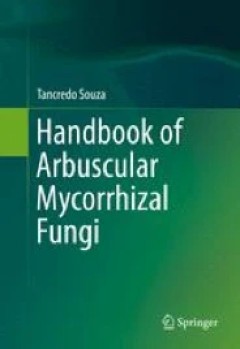
Handbook of Arbuscular Mycorrhizal Fungi
Arbuscular mycorrhizal fungi are obligate root symbionts that impact plant growth, productivity and competitiveness. The book integrates key information about AMF concepts, structures and functions, and the new classification of Glomeromycota, including topics about AMF history and evolution, AMF families, genus and species description, as well as a compilation about several protocols to assess…
- Edition
- -
- ISBN/ISSN
- 978-3-319-24848-6
- Collation
- XIII, 153
- Series Title
- -
- Call Number
- 576 TAN h
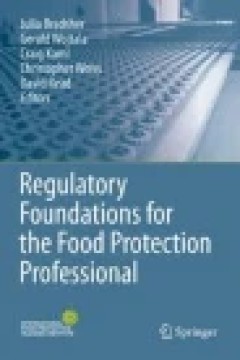
Regulatory Foundations for the Food Protection Professional
Regulatory Foundations for the Food Protection Professional is a comprehensive guide for the entry-level food protection professional (FPP) working in either the public or private sector. The book can also serve as a foundation for students in academic programs preparing for a career in food protection. Additionally, as the Food Safety Modernization Act (FSMA) is implemented, this book will pro…
- Edition
- -
- ISBN/ISSN
- -
- Collation
- -
- Series Title
- -
- Call Number
- -
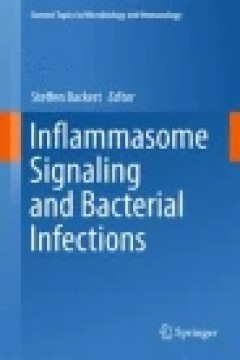
Inflammasome Signaling and Bacterial Infections
This volume details our current understanding of the architecture and signaling capabilities of known canonical and non-canonical inflammasome complexes and highlights their action, in particular in response to infection with important bacterial model organisms and the corresponding disease pathologies. The first chapters review new insights into the assembly and structures of inflammasome comp…
- Edition
- 1
- ISBN/ISSN
- 978-3-319-41170-5
- Collation
- XI, 282
- Series Title
- Current Topics in Microbiology and Immunology
- Call Number
- 610
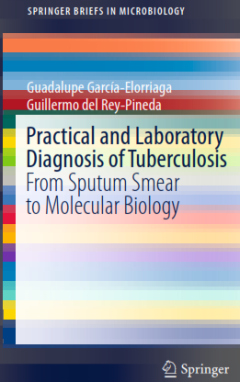
Practical and Laboratory Diagnosis of Tuberculosis: From Sputum Smear to Mole…
The present work focuses on the diagnosis of TB, covering all its possible ways. Content ranges from clinical diagnosis, which is the first instance in approaching tuberculosis, until the gold standard microbiological and molecular diagnostic tools, which are useful due to its speed and high sensitivity. Additionally, diagnosis of latent TB infection, which is key feature to controlling TB unde…
- Edition
- 1
- ISBN/ISSN
- 978-3-319-20478-9
- Collation
- XIII, 75
- Series Title
- SpringerBriefs in Microbiology
- Call Number
- 616.995 ELO p
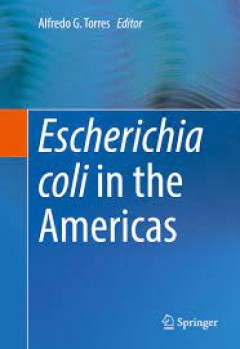
Escherichia coli in the Americas
Bacterial diarrheal diseases remain an important leading cause of preventable death, especially among children under five in developing countries. In the American continent, diarrheal disease and other health complications caused by Escherichia coli constitute a major public health problem, and, therefore, several research groups have dedicated their effort to understand this pathogen and provi…
- Edition
- -
- ISBN/ISSN
- 978-3-319-45092-6
- Collation
- 8 b/w illustrations, 12 illustrations in colour
- Series Title
- -
- Call Number
- -
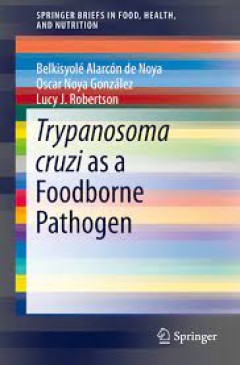
Trypanosoma cruzi as a Foodborne Pathogen
This Brief provides a comprehensive overview of Trypanosoma cruzi, a parasite that is traditionally considered as exclusively vectorborne, but can be foodborne, and may lead to outbreaks of Chagas disease in consumers. The characteristics of Trypanosoma cruzi and the clinical effects of the disease are covered, including documented outbreaks, regional patterns, and epidemiology. The various tra…
- Edition
- -
- ISBN/ISSN
- 978-3-319-23410-6
- Collation
- -
- Series Title
- -
- Call Number
- -

The Rasputin Effect: When Commensals and Symbionts Become Parasitic
This volume focuses on those instances when benign and even beneficial relationships between microbes and their hosts opportunistically change and become detrimental toward the host. It examines the triggering events which can factor into these changes, such as reduction in the host’s capacity for mounting an effective defensive response due to nutritional deprivation, coinfections and seemi…
- Edition
- 1
- ISBN/ISSN
- 978-3-319-28170-4
- Collation
- XII, 357, 12 b/w illustrations, 15 illustrations in colour
- Series Title
- Advances in Environmental Microbiology
- Call Number
- -
 Computer Science, Information & General Works
Computer Science, Information & General Works  Philosophy & Psychology
Philosophy & Psychology  Religion
Religion  Social Sciences
Social Sciences  Language
Language  Pure Science
Pure Science  Applied Sciences
Applied Sciences  Art & Recreation
Art & Recreation  Literature
Literature  History & Geography
History & Geography